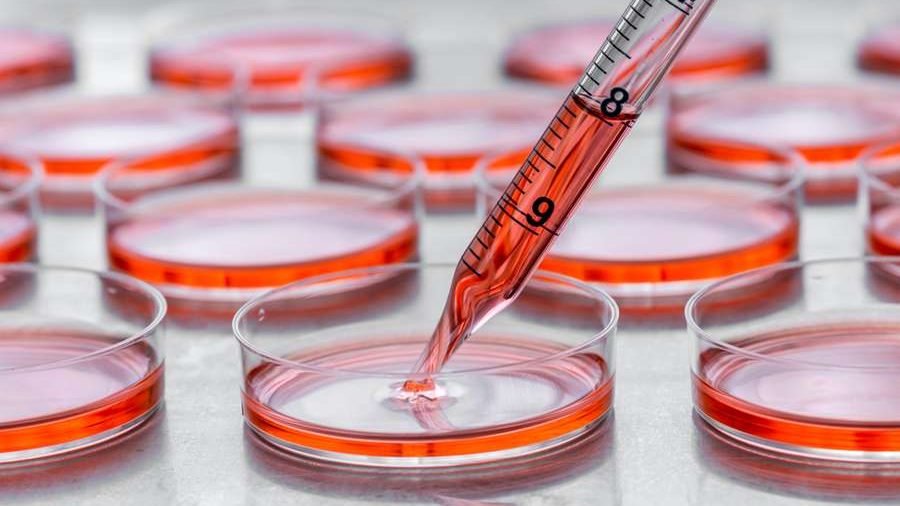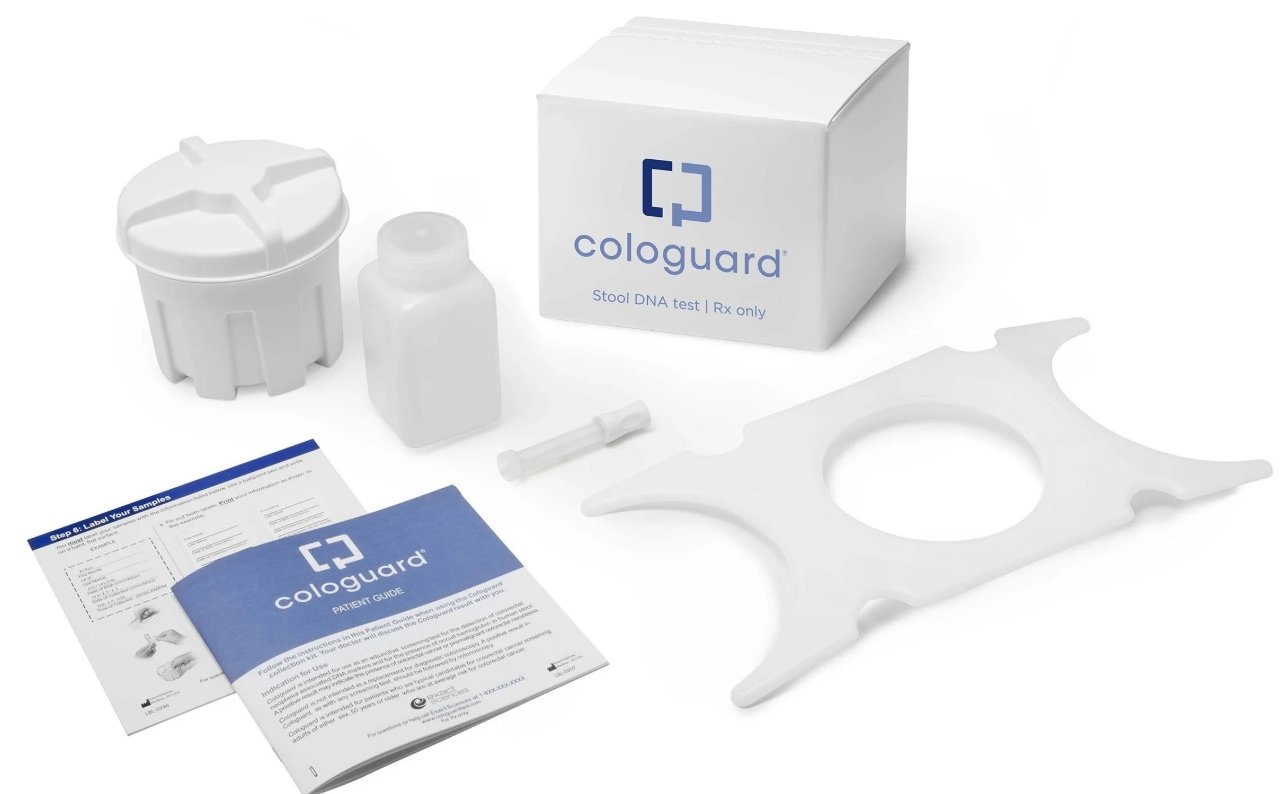
Image credit: shutterstock
The Albanese Government is investing almost $7 million in Australia first stem cell research that will enable live stem cells to be 3D printed in order to treat damaged body parts.
This is bringing new hope to Australians living with a physical disfigurement, such as the loss of an ear or nose, due to disease or trauma, or painful joint conditions such as osteoarthritis.
The Aristocrat project will deliver a framework for the use of point-of-care manufacturing of 3D printed cartilage so it can be consistently and safely used for patients with a variety of health concerns.
The project aims to prevent osteoarthritis, a painful joint disease, meaning 2 million Australians could benefit from it annually, including 50% of people over 65 years old who currently live with painful deformed joints each year.
1 in 2000 newborns are at risk of ear deformities that are either untreatable at an early age or have lifetime risks if treatments are performed on children under 10.
The project will reduce the number of surgeries required, reduce hospital visits and the need for long-term care. This will also reduce the emotional and physical impacts on children.
The framework will guide the use of stem cells so they can be safely used in the treatment and repair of damaged tissue for patients with a range of conditions. This will deliver bespoke, personalised treatment options for people living with conditions that cause physical pain and emotional distress.
The impact of joint deformity or facial disfigurement can be physically debilitating as well as mentally challenging, and many Australians will benefit from this life-changing technology.




